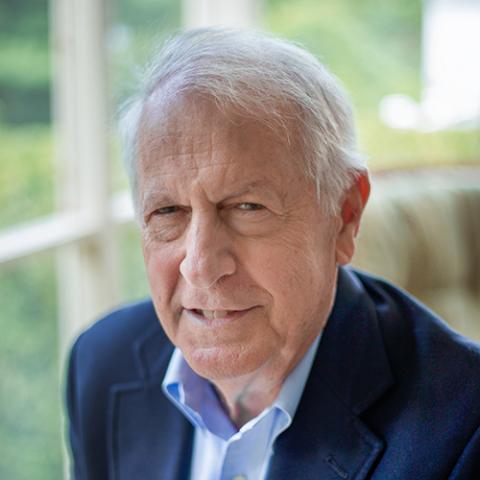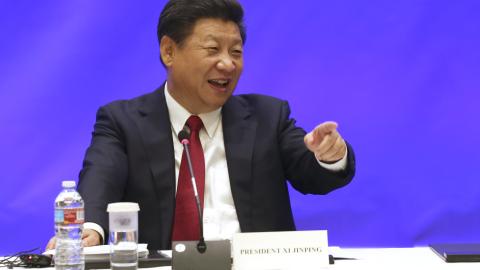Executive Summary
Today’s contentious relationship between China and the United States is rooted in how the countries have two profoundly different ways of thinking about and doing statecraft. This report delves deeply into the rich record of China’s long political history and into the history of the Chinese Communist Party especially. The People’s Republic of China is the world’s sole surviving multiethnic empire. It has outlived the Romanov, Ottoman, and Hapsburg Empires. The Manchu/Qing Empire (1644–1912) gave way, ultimately, to the PRC in 1949, but since its founding, the PRC has been determined to retain the Qing’s colonial possessions, principally Tibet and Xinjiang. Even after 75 years, these regions are restive and remain, effectively, under military occupation. The CCP’s inability to establish its legitimacy in these strategically important places is a great vulnerability. But the regime’s need to use violence, intimidation, cooptation, and surveillance to maintain its power creates a much greater vulnerability.
The United States, which began as a narrow band of British colonies, has also grown to an enormous size but is wholly different from the PRC. Whereas Chinese political philosophy has never acknowledged any limitations on state power, the US polity is constitutional—that is, it places limits on state power. Similarly, the country did not colonize newly acquired territories but organized them into new states that were admitted into the Union equally with the original 13 states. As the US became a world power, it proffered a world order that was comparably constitutional. The United Nations Charter places constraints on the international behavior of states and the UN Declaration of Human Rights obligates states to guarantee the individual rights of all citizens. Conversely, the PRC’s vision of the world order derives from the traditional empire’s view of international relations—tianxia, meaning “all under heaven”—a Sinocentric world order à la the well-known tributary system. The PRC, a twentieth-century Leninist one-party police state grafted onto the detritus of a defunct multi-ethnic empire, believes that a world order modeled on a constitutional republic must perforce be an existential threat.
This report describes how the struggle of the Chinese Communist Party’s 90 million members to maintain an absolute monopoly on political power in a nation of 1.4 billion people drives the PRC’s domestic and foreign policies. Seemingly disparate acts at home and abroad are in fact designed to reinforce each other and thus present a comprehensive challenge to the United States and its like-minded allies. After four decades of so-called engagement—a policy based on the premise that sustained and deep relations with the rest of the world will transform the PRC into what Robert Zoellick once called a responsible stakeholder, the world instead faces a PRC that is more repressive at home and more aggressive abroad. This report therefore argues for American policies, foreign and domestic, built for the long haul. Its authors share the prognosis of the famous China White Paper of 1949—“However ruthlessly this great people may be exploited by one political party, ultimately the profound civilization and the democratic individualism of China will reassert themselves.”1





















